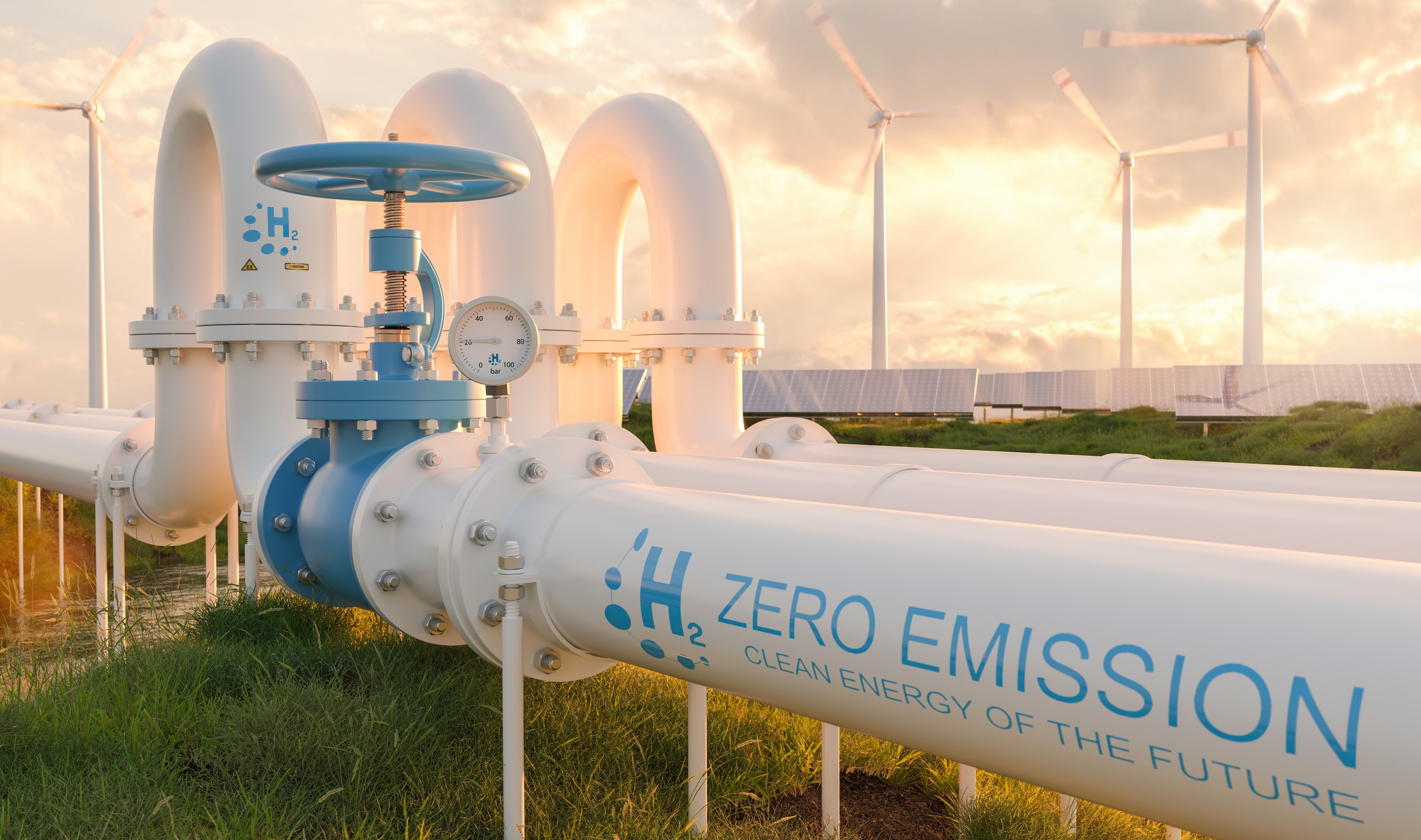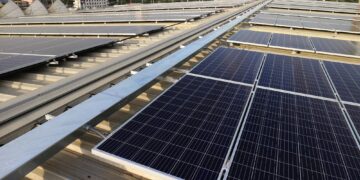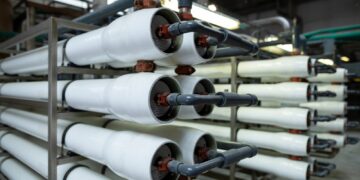Saudi Arabia is advancing its position in the green hydrogen sector through a $10 billion initiative led by its Public Investment Fund (PIF). As part of Vision 2030, the Kingdom is utilizing its vast solar and wind resources to become a dominant force in this emerging market.
This move marks a significant shift from Saudi Arabia’s traditional reliance on oil revenues. The Kingdom plans to produce around 4 million tonnes of green hydrogen annually by 2035. A pivotal component of this strategy is the NEOM Green Hydrogen Company, a $500 billion project featuring Helios, the world’s largest green hydrogen facility.
The Helios project is notable for its use of renewable energy, expected to produce 600 tonnes of carbon-free hydrogen daily starting in 2026. This venture involves a collaboration between Saudi ACWA Power, U.S.-based Air Products, and NEOM, with an $8.4 billion investment supported by 23 banks and financial institutions.
The PIF’s investment in green hydrogen aligns with its broader sustainable investment goals, aiming to guide the Saudi economy towards more resilient sectors. Hydrogen is crucial to achieving the Kingdom’s net-zero emissions target by 2060.
Saudi Arabia’s geographical advantages, such as its desert landscape ideal for solar power, position it as a key player in the global hydrogen supply chain. The Kingdom’s focus on green hydrogen, unlike blue hydrogen derived from fossil fuels, emphasizes sustainability.
The NEOM initiative is set to transform the region economically and environmentally, creating a new industrial hub for green hydrogen. This could attract foreign investment, create jobs, and establish Saudi Arabia as a leader in clean energy technology.
Regionally, Saudi Arabia is part of a broader trend with countries like the UAE and Oman enhancing their hydrogen capabilities. However, Saudi Arabia’s scale and investment in projects like NEOM provide a competitive edge.
PIF’s role is critical in driving this transformation, aligning with global sustainability objectives. As global hydrogen demand rises, Saudi Arabia aims to meet its energy needs and become a major exporter to Europe and Asia, reducing reliance on oil and addressing economic risks.
The strategy includes high-profile partnerships, such as a $2.8 billion contract with Larsen & Toubro for renewable infrastructure and Envision Energy’s supply of wind turbines. These collaborations highlight global confidence in Saudi Arabia’s green hydrogen potential.









